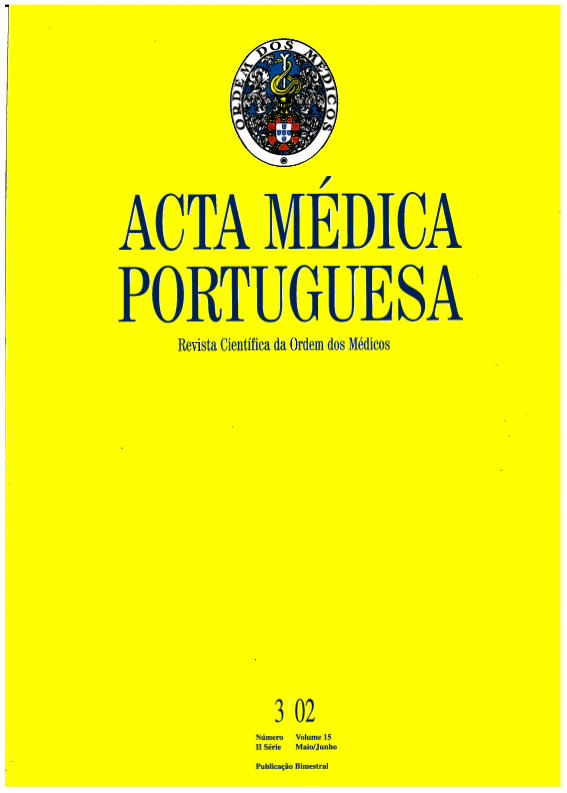Diabetes and pregnancy. Past, present, and future.
DOI:
https://doi.org/10.20344/amp.1924Abstract
After the discovery of insulin and during almost an half of a century, physicians and researchers apply their efforts in a better knowledge to reduce the perinatal mortality of the offspring of the diabetic mother. The optimisation of glucose control--the main key of the management of diabetic pregnancy--and the new methods of fetal and neonatal surveillance allowed that in the end of XX century the perinatal mortality were close to the general population. Nevertheless the perinatal morbidity is still elevated. Several studies suggest that fetal hyperinsulinism, consequence major of the abnormal intra uterine milieu of the diabetic mother, could be the cause of such morbidity at short and long term. In this paper, gestational diabetes is specially analysed. In spite of a large amount of studies, there is until know no diagnostic test that allows us to identify the pregnant women with a higher risk for a bad outcome namely, macrosomia and their consequences like caesarean section, traumatic delivery and neonatal complications. The ideal test should give that kind of information. Thus some methods of fetal surveillance had been proposed complementary. At this moment the health care professionals that are working in the field of diabetes and pregnancy are waiting for the results of the prospective multicentric study (HAPO study), hoping that a consensus could be reached about such a test.Downloads
Downloads
How to Cite
Issue
Section
License
All the articles published in the AMP are open access and comply with the requirements of funding agencies or academic institutions. The AMP is governed by the terms of the Creative Commons ‘Attribution – Non-Commercial Use - (CC-BY-NC)’ license, regarding the use by third parties.
It is the author’s responsibility to obtain approval for the reproduction of figures, tables, etc. from other publications.
Upon acceptance of an article for publication, the authors will be asked to complete the ICMJE “Copyright Liability and Copyright Sharing Statement “(http://www.actamedicaportuguesa.com/info/AMP-NormasPublicacao.pdf) and the “Declaration of Potential Conflicts of Interest” (http:// www.icmje.org/conflicts-of-interest). An e-mail will be sent to the corresponding author to acknowledge receipt of the manuscript.
After publication, the authors are authorised to make their articles available in repositories of their institutions of origin, as long as they always mention where they were published and according to the Creative Commons license.









